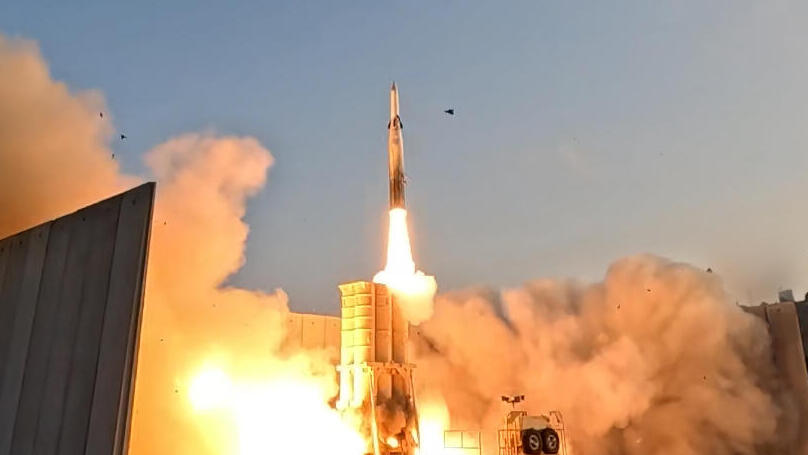
Israel stopped 86% of missiles and 99% of drones in Iran conflict
Advanced interceptors and air superiority saved billions in damage and lives during 12-Day War.
About a week after the end of the 12-Day War with Iran, Israel’s defense establishment reported an 86% success rate in intercepting ballistic missiles launched at the country.
During the conflict, approximately 550 surface-to-surface missiles were fired at cities, IDF bases, and strategic sites nationwide. Most were intercepted by Israel’s Arrow 3 and David’s Sling systems, as well as by U.S.-supplied THAAD and Aegis systems that reinforced Israel’s air defenses.
The Israel Missile Defense Organization, the Defense Ministry unit responsible for developing air defense systems, estimates that intercepting the Iranian missiles prevented property damage worth 50 to 70 billion shekels (approximately $15M-20M), up to seven times the total damage caused by missiles that were not intercepted.
Iran’s missiles carried warheads weighing hundreds of kilograms, which was evident in the destruction where they landed, including residential neighborhoods deep inside Israeli cities. The strikes caused widespread devastation, collapsing buildings and killing about 30 people. Two significant hits struck the Weizmann Institute in Rehovot, destroying dozens of laboratories and buildings, with damage estimated at about 2 billion shekels. A missile that hit the Bazan refinery in Haifa Bay disabled operations and killed three employees. Additional impacts struck Soroka Hospital in Be’er Sheva and Ben-Gurion University.
Related articles:
Security sources said that, days before Israel launched its strikes on Iran under Operation Rising Lion, upgrades were made to the Arrow system based on lessons from Iranian missile barrages in April and October 2024. They added that Israel had prepared for even larger barrages than actually materialized, and that the supply of interceptor missiles never reached critical levels.
Moshe Fattal, head of the Israel Missile Defense Organization, said Israel has accelerated production of all interceptor missiles across each layer of its air defense network. Sources added that this includes setting up a full Iron Dome missile production line in the United States, while streamlining production of other interceptors at home using robotics and other technologies.
During the war, Iran also launched about 1,000 UAVs at Israel, and 99% were intercepted by fighter jets, attack helicopters, Iron Dome batteries, and electronic warfare systems. This figure is especially notable given the significant challenges Israel’s air defenses faced during the early phase of the Swords of Iron War, when Hezbollah drones from Lebanon struck sensitive sites including the Sky Dew surveillance balloon and the Golani training base, killing four soldiers. In other instances, Houthi drones from Yemen penetrated Israeli airspace; one struck Tel Aviv, killing a civilian at home.
